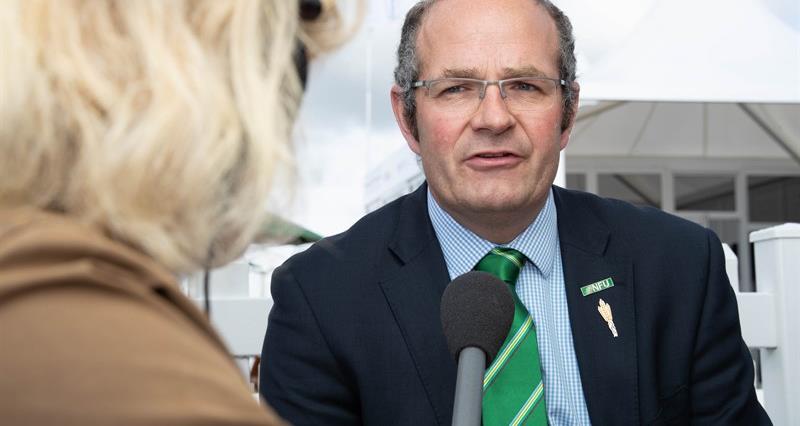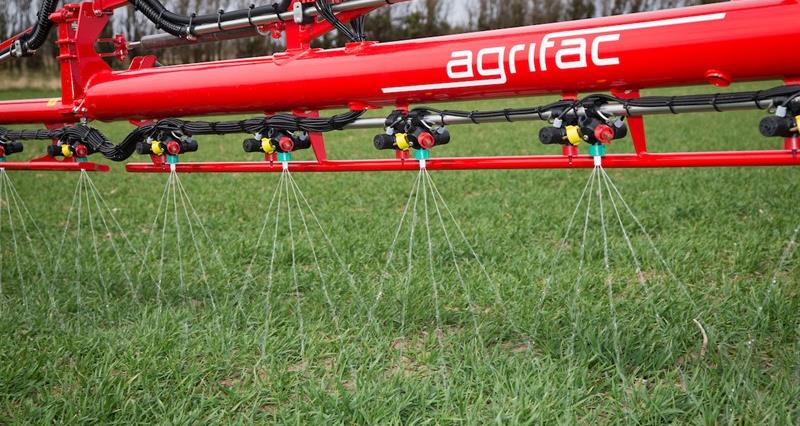According to AHDB figures, fertiliser prices have increased by 180% year-on-year. In April 2021, the price was £281 per tonne. In April 2022, the price was £785 per tonne.
Speaking at the first day of the 2022 event, NFU Deputy President Tom Bradshaw highlighted the complete lack of transparency in the fertiliser market. This has left growers with a lack of information risking serious impacts for the 2023 growing season.
He said: “Over the past year, the fertiliser market has entered into a new era. Costs and supply face unprecedented risks and we need a visible, transparent market to allow producers, distributors and farmers alike to manage these threats in a commercially viable way.
“Nitrogen fertiliser supplies are reeling from geopolitical events that have upended the energy markets it is reliant on. As a result, there is likely going to be a lack of availability next year and we are urging suppliers to proactively come forward and publish fertiliser prices to give farm businesses maximum time to plan in 2023.
"It’s absolutely critical that ministers recognise the importance of fertilisers and other inputs to a farm business and make those markets fit for purpose."
NFU Deputy President Tom Bradshaw
“It is a real possibility that nitrogen fertiliser is the limiting factor globally over the next 18 months which, alongside the crisis in the Ukraine, will restrict global crop production and deepen the humanitarian disaster.
“As the government finalises its national food strategy, it’s absolutely critical that ministers recognise the importance of fertilisers and other inputs to a farm business and make those markets fit-for-purpose.”
This year’s kicking off with a press conference with & chair Matt Culley concentrating on issues in the fertiliser markets
— National Farmers' Union (@NFUtweets)
Input costs
NFU Combinable Crops Board chair Matt Culley said: “Months of high prices, with nitrogen fertiliser costing three times as much as it did this time last year, are having a huge impact on arable growers across the country.
“When businesses are facing input costs that are already at least 50% higher than last year, the financial risks associated with cropping decisions are also increased, and harder to manage. Risks are also increased if we don’t get favourable weather conditions for next year’s crops. Growers are having to make tough decisions now on what to plant this autumn, whether to downsize production, or reduce the amount of fertiliser used which could impact productivity.
“All growers want their business to be as resilient as possible, especially when we work in such a volatile marketplace. Transparency is a key element to that but more progressive, independent advice to help growers drive nutrient use efficiency and make better use of manures and cover crops will help in this new world of fertiliser prices.”




